It really doesn’t matter which email marketing service you choose–there’s a learning curve no matter what, they all do most of the same things, and it’s relatively easy to switch between them.
Sure, some are better for different situations, experience levels, goals, and types of businesses.
But I encourage you to pick one, learn it, start growing your list, and get really good at email marketing before worrying too much about the specific service.
The Best Email Marketing Platforms for 2025
You can start a list, sink your teeth into automations, nurture subscribers, and all that with any of the email marketing services below. However, there might be better places for you to start, depending on where you’re at and what you’re doing.
Here are my top recommendations:
- Constant Contact — Best if you’ve never done email marketing
- MailerLite — Best for small and local businesses
- Omnisend — Best for ecommerce stores
- Brevo — Best for sales and marketing in one
- Campaigner — Best for experienced marketers
- AWeber — Best value for under 2,500 subscribers
- GetResponse — Best if you want to run webinars
- ConvertKit — Best for influencers, bloggers, and creators
All of them let you create newsletters, organize your subscribers, set up basic automations, and build multi-email flows. The main differences between them are their target market, the user interface, and level of complexity.
Constant Contact – Best if You’ve Never Done Email Marketing
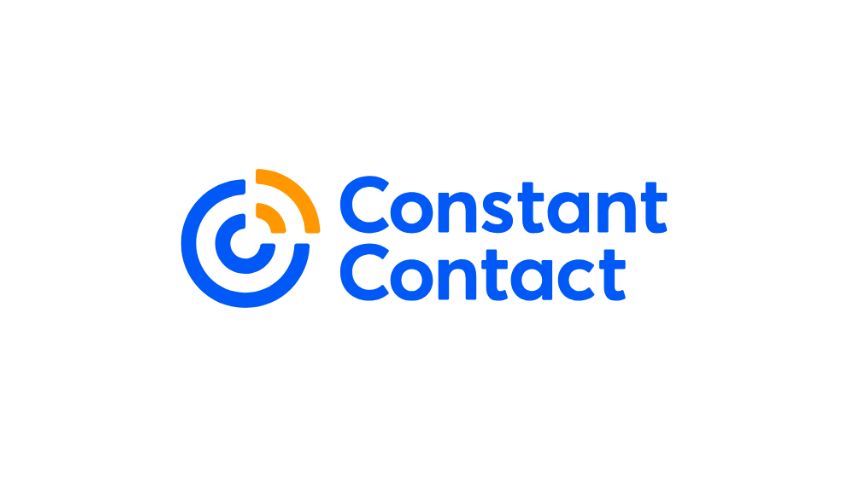
Constant Contact is a really great place to start if you have never used an email marketing service before. It’s been around forever and a very popular choice for beginners for a reason–it’s easy to use, the interface is intuitive, and it offers plenty of room to grow.
Eventually, you’ll want to switch to something more powerful. But it’s more than enough to learn and get started.
It’s drag-and-drop builder comes with hundreds of templates you can use to design newsletters, welcome emails, and anything else you’d like to send. Plus, you can build sign up forms and embed them on your site in a few clicks.
Constant contact has all the basic elements you need to start capturing emails, sending regular updates, and getting comfortable. All at it’s most affordable level so you can keep costs low while you figure things out.
When you’re ready, you can set up basic welcome sequences and automated drip campaigns plus monitor the results of your actions. From open an click through rate to detailed info on individual subscribers, you’ll start to learn what works and what doesn’t.
On more expensive plans, Constant Contact offers generative AI, basic A/B testing tools, pre-built or custom automations, SMS marketing, and advanced segmentation.
There are three plans for you to choose from—Lite (starts at $12 per month), Standard (starts at $35 per month), and Premium (starts at $80 per month). The cheapest plan is more than enough to get you started.
Like most email marketing platforms, the amount you pay depends on the size of your list and the number of emails you send per month.
MailerLite – Best for Small and Local Businesses
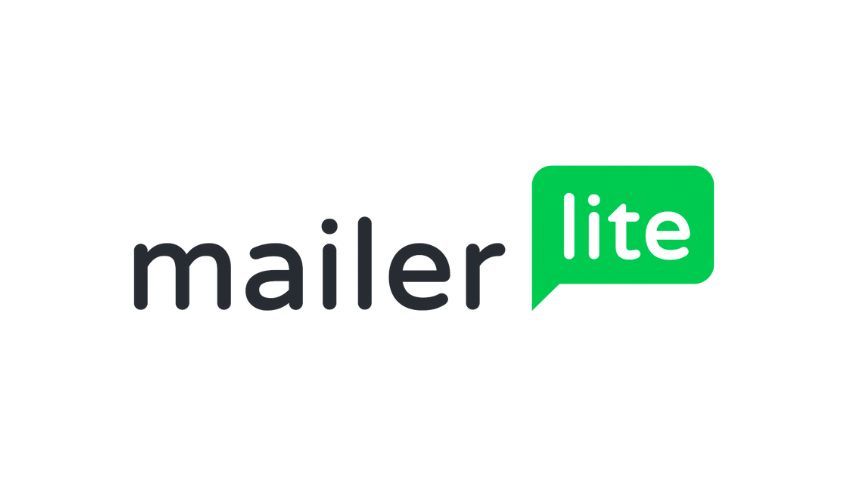
MailerLite offers all the basics–an email designer, sign up forms, pop-ups, and basic automations. But what really makes it a great choice for small and local businesses looking to stay in touch with their customers is that it’s free for up to 12,000 monthly emails and 1,000 contacts.
You’ll probably be able to stay on the free plan for quite some time, especially if you’re sending a low volume.
The interface is about as easy at it gets, which is perfect for busy owners or non-marketing pros. The software walks you through everything the first time, so you truly don’t have to know anything about email marketing to send your first email. It’s simple, straightforward, and free from any unnecessary clutter.
The email templates are simple, but sophisticated. There’s even a built-in website and landing page builder if you don’t yet have a website.
Everything I’ve mentioned so far is available for free.
On paid plans, you unlock more monthly sends, the ability to sell digital products (perfect for restaurants and service providers), and multivariate testing so you can understand more about what your readers react to.
Paid plans start at $9 per month for up to 500 subscribers.
Omnisend – Best for Ecommerce Stores
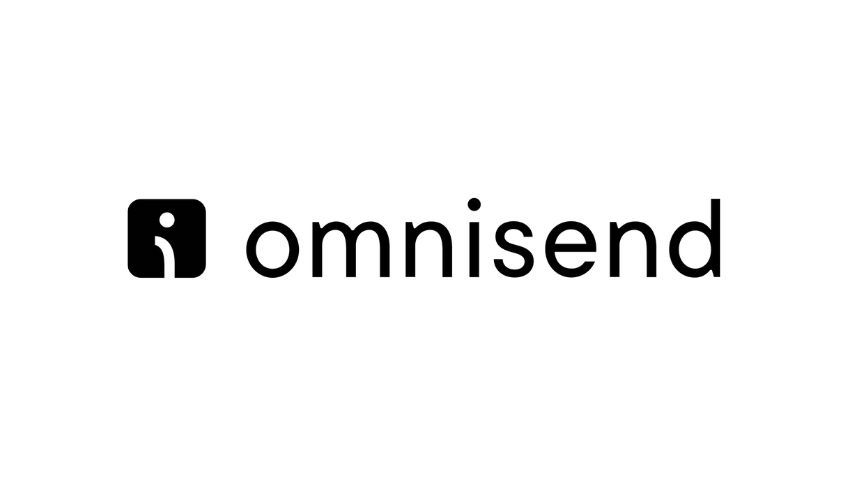
Omnisend exists specifically for ecommerce. Other platforms reserve ecommerce functionality for their expensive plans, but Omnisend offers them at every level. In fact, Omnisend gives you every single feature it offers on every plan, including the free one.
Instead of gatekeeping features, plans are based on the number of emails you send per month–2x your list, 12x your list, or unlimited.
Like the others, Omnisend includes sign up forms, popups, landing pages, segmenting, an email designer, and automated flows. But it goes beyond and lets you connect your online store to embed products, promotions, offer personalized product recommendations, and even leverage conditional content blocks that change for each subscriber based on certain conditions.
The platform also combines push notifications, email, and SMS into one solution so you can build powerful automated sales funnels that reach your potential customers wherever they are.
The automation builder is one of the more powerful ones on the list. You can set up split automations that do different things based on different actions, segment your list by purchasing stage, and truly make your systems as complex as you’d like. Automations and segmenting are entirely unlimited across the board, even on the free plan.
If building your own flows sounds overwhelming, don’t worry. Omnisend offers pre-made templates for things like cart abandonment, birthdays, order confirmations, shipping updates, and delivery notifications.
The free plan works for small lists with fewer than 250 contacts and 500 monthly emails. Paid plans start at $16 per month.
Brevo – Best for Sales and Marketing in One
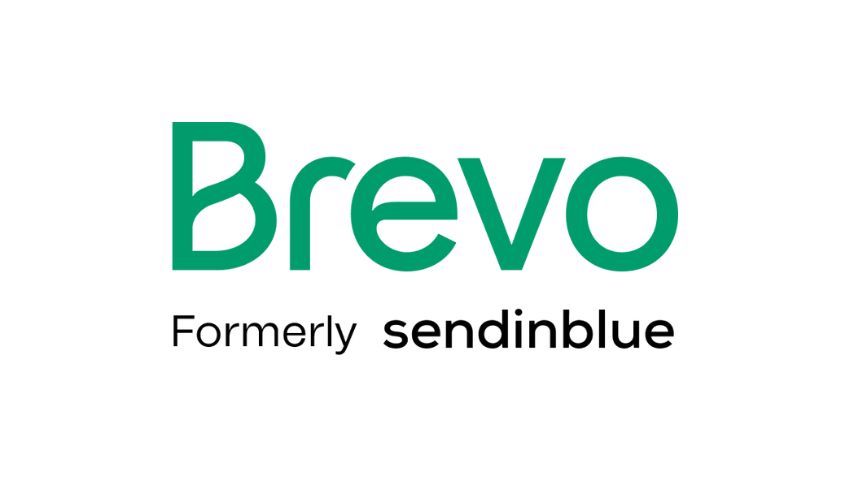
It’s not often you get to have two (or three) departments working in the same software. But Brevo‘s trying to change that with a full suite of marketing, sales, and live chat solutions that sync seamlessly with one another.
Brevo’s email marketing solution offers all the same functionality you’d expect–email templates, an easy editor, automations, segmenting, A/B testing, and analytics. You also get unlimited contacts on every plan–the limiting factor is the number of emails you send per month.
It’s a pretty run-of-the-mill option by itself. There’s nothing wrong with it, but there’s nothing that really wows us, either.
The true magic happens when you bring Brevo’s sales platform into the fold. It lets sales teams collect lead information from your email list and send them down a sales pipeline. They’ll be able to manage basic tasks, take notes, see what other agents have done, sync communications into one inbox, schedule meetings, set up their own automations, and track sales from start to finish.
It really simplifies the entire marketing to sales handoff.
On top of that, you can also embed a live chat widget onto your website to grow your list and fill your sales pipeline even faster.
The best part is that there are free versions of all three solutions so you can try them before you spend anything. You can also pay for one, but use the free version for the others to keep costs low until you need to upgrade.
Paid email marketing plans start at $25 per month for up to 20,000 emails per month.
Campaigner – Best for Experienced Marketers
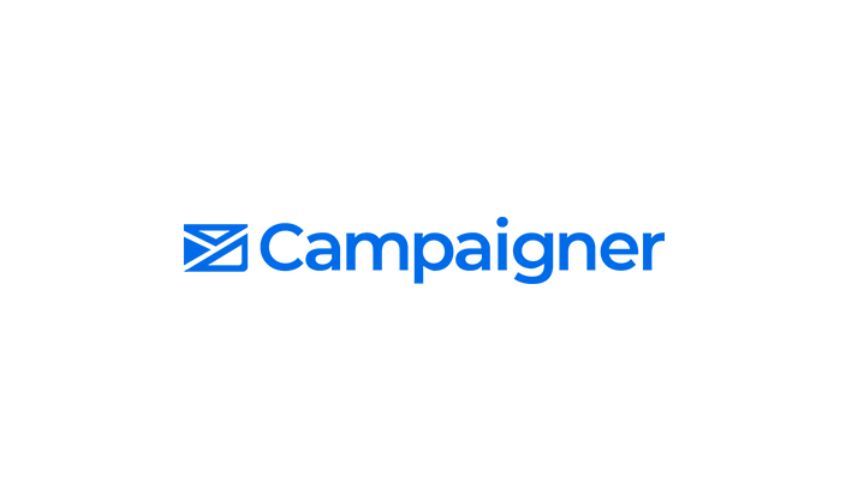
Campaigner is perfect for an experienced solo marketer or team that’s outgrown other email marketing services. If you want more power and you’re hitting roadblock after roadblock with your current provider, this is the solution for you.
It’s got a pretty steep learning curve, but it’s not so advanced that it requires any development skills.
Built on top of a powerful automation engine, Campaigner makes it possible to slice and dice your list in virtually any way you could ever want to, create the most advanced and long-term automated workflows, and stay on top of full customer journeys. You can also leverage advanced personalization with geo location, custom fields purchasing behavior, and more.
There’s even a built-in validation feature that makes sure your workflows are error free before hitting send.
If you’d like, you can bring automated SMS messages into your workflows for even more powerful and personalized messaging.
Campaigners A/B testing, reporting, and analytics are also nothing to scoff at. In fact, it’s A/B testing platform is one of the most advanced, letting you split test subject lines, sending email address, dynamic content, send times, and more.
As your list grows, Campaigners list cleaning tool will make sure you avoid delivery problems and maintain your sending reputation so you don’t have to worry about a thing.
Email only plans start at $59 per month for up to 5,000 contacts. Email and SMS plans start at $104 per month.
AWeber – Best Value for Under 2,500 Subscribers
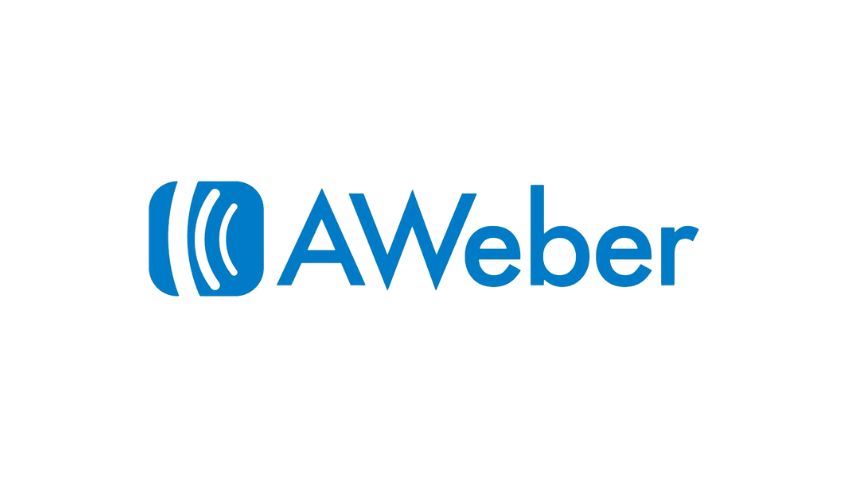
A list of several thousand doesn’t have to cost a lot. Constant Contact charges $75 per month, Omnisend charges $44 per month, and Campaigner charges $59 per month.
With AWeber, it’s only $30 per month for up to 2,500 contacts–nearly 2x cheaper.
It’s been around for a very long time and is one of the more traditional email marketing platforms on our list. You’ll get landing pages, reusable themes, sign up forms, automations, segmenting, email templates, split testing, and all the basics you’d expect.
While it does have push notifications, you won’t find any SMS or other marketing tools. It’s relatively simple in comparison to others, but it gets the job done.
Overall, it’s an excellent value if you have a medium-sized list, don’t need anything fancy, and want to keep costs low.
AWeber’s cheapest plan requires you to use AWeber branding on your landing pages, forms, and emails. It’s $22.50 per month–the next tier is $30 per month. I recommend paying the extra few dollars to keep readers focused on your business.
As with other providers, that cost goes up based on the size of your list.
GetResponse – Best if You Want to Run Webinars
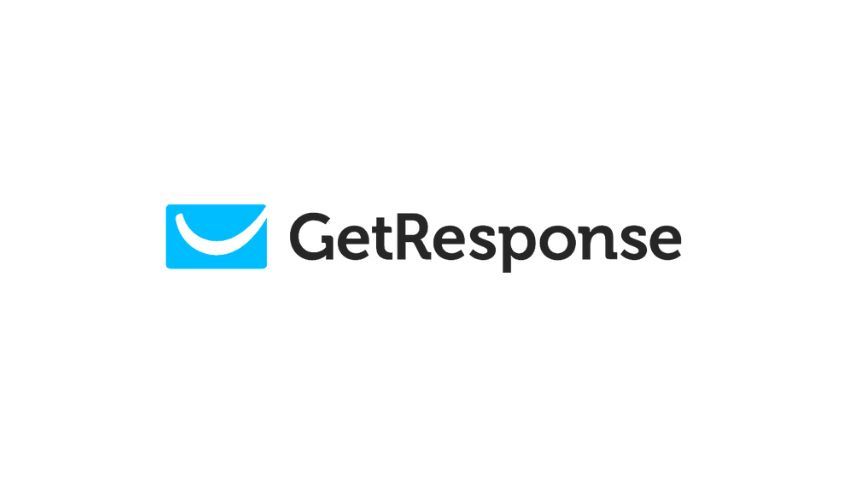
GetResponse goes beyond basic email marketing. It’s not as advanced as Campaigner, but it certainly does more than Constant Contact, AWeber, and others like them.
It has segmentation, automations, trigger-based workflows, sign up forms, a landing page builder, and analytics. There are also pre-built lead magnet funnels, list management features, and ecommerce tools if you sell online.
So far, that’s nothing special. However, you also get a few sales tools, including contact scoring and basic sales funnels. Even more, there are SMS, push notification, and live chat tools if you’re interested in a holistic marketing automation solution. It truly does a lot more than your run-of-the-mill.
But where it really shines is its built-in webinar tool–this isn’t something I’ve seen any other providers offer. Webinar software on its own can cost hundreds of dollars per month. But GetRespsonse gives it to you on its middle tier.
With it, you can run unlimited webinars that hold up to 1,000 attendees, including email reminders, follow-up campaigns, and more.
You’ll be able to share files, create whiteboards with your audience, set up polls and quizzes, build call to action buttons, and even livestream your events on Facebook and YouTube.
Rather than hassle with integrating your email marketing platform with your webinar solution, you can save money and simplify the process.
GetResponse’s webinar feature is available in its Marketing Automation plan, which starts at $59 per month for up to 1,000 contacts.
ConvertKit – Best for Influencers, Bloggers, and Creators
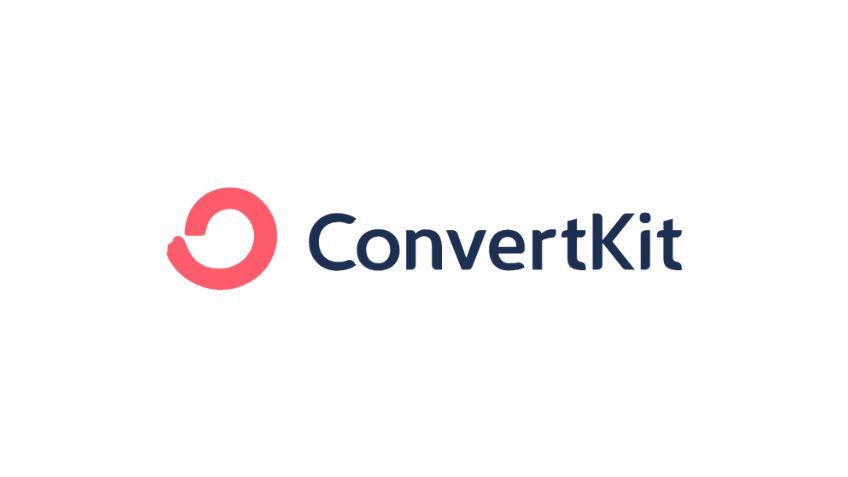
ConvertKit is what we use. It’s trusted by more 629,000 users, it’s the perfect choice for anyone doing the same thing we are–writing blog posts, creating content, and sharing your opinions online.
It’s also a great choice for musicians, artists, writers, designers, and anyone trying to create authentic connections.
It’s centered heavily around engaging your audience. You won’t find as many pretty templates or advanced features as you will in other platforms–you get what you need to put the focus on segmenting and nurturing the people who truly want to hear what you have to say.
At it’s simplest form, you get landing pages, forms, one-off emails, and the ability to sell products or subscriptions–all for free.
On the free plan, you can have up to 1,000 subscribers and send as many emails as you’d like.
If you want to build automated workflows and send out multi-email campaigns, you’ll have to upgrade to a paid plan, which starts at $9 per month–it’s one of the most affordable options, too. Upgrading also gives you free migration assistance if you’re moving from another provider, a visual automation builder, and third-party integrations.
The ability to focus on the basics and save some money in the process has been a gamechanger for us.
How to Find the Best Email Marketing Service for You
The best available email marketing service is going to be unique to you. A multi-million dollar business with a full team of professional marketers is going to have very different needs than a solopreneur.
However, I want to stress that it truly doesn’t matter where you start.
Are there better, easier, more affordable options for different situations? Yes. But don’t let the sheer number of possibilities get in the way from choosing one and getting started. That said, there are a few things you can look for to put yourself on the easiest path to success.
Email Templates
There are a lot of reasons to want an email marketing service. You might want to create your first sales funnel and incorporate email into your marketing strategy.
Or maybe you just want to send the occasional newsletter out to subscribers. Whatever your reason, you want your emails to look good while you do it.
The number of templates isn’t nearly as important as whether you like them. If there are 400 templates you hate, it won’t do you any good. Take a peek at the templates available to make sure there are options you’d actually use.
Segmentation Capabilities
Segmenting your audience gives you the ability to create highly targeted messaging.
Some of your readers may be at a different point in your sales funnel, live in a different region, care about different things, etc. There are a million and seven ways to slice and dice an email list.
But the most important thing is that it’s easy to segment the way you want to.
Whether that means having them self-segment themselves via clicking on specific links in an email, selecting a radio or checkbox when they give you their email address, previous products they’ve purchased, or based on the actions they take, make sure it supports the way you want to do it.
It’s important to note: If you want segmentation features (if you’re serious about email marketing, you should), you’re going to have to pay for it. This isn’t something you usually get for free.
Seriously–all the marketing automations, striking templates, and great writing in your campaigns depend on your ability to understand your audience. The perfect message is still an airball if it’s sent at the wrong time or to the wrong person.
Segmentation and other aspects of an email list service aren’t as flashy as some of the other features, but they are absolutely critical.
Straightforward Analytics
All good email marketing services give you basic reporting. At the bare minimum, you should be able to see your send rate, open rate, and click through rate.
If you want more data than that, like information about subscriber location, demographics, device usage, or click through rate on specific links, these are less standard. Make sure you get the numbers and data you need to understand your progress.
Workflow Automations
Even the most basic of welcome emails requires a trigger (filling out your form or landing page) and a pre-scripted email. Thinking through the logic it takes in that example is relatively easy. But what about a two-week product launch campaign that changes based on whether or not people are actually interested in buying?
Complex workflows are easier to build when you have visual automation builders and templates you can start with.
Most providers offer this, but how complex you can get varies from one to the next. Some don’t have action-based triggers. Others limit you to a certain number of steps.
Take a look at the provider’s automation capabilities, limitations, pre-made workflow templates, and builder to get a better understanding of how it works plus what you can and can’t do.
As with segmentation, many providers don’t give you automations for free.
Price Structure
Some email marketing services charge by the number of subscribers, others charge by the number of emails you send every month. Depending on the size of your list and your email frequency, one may be a significantly better value than the other.
I recommend calculating the price for multiple options to see just how much different price structures can impact how much you pay.
